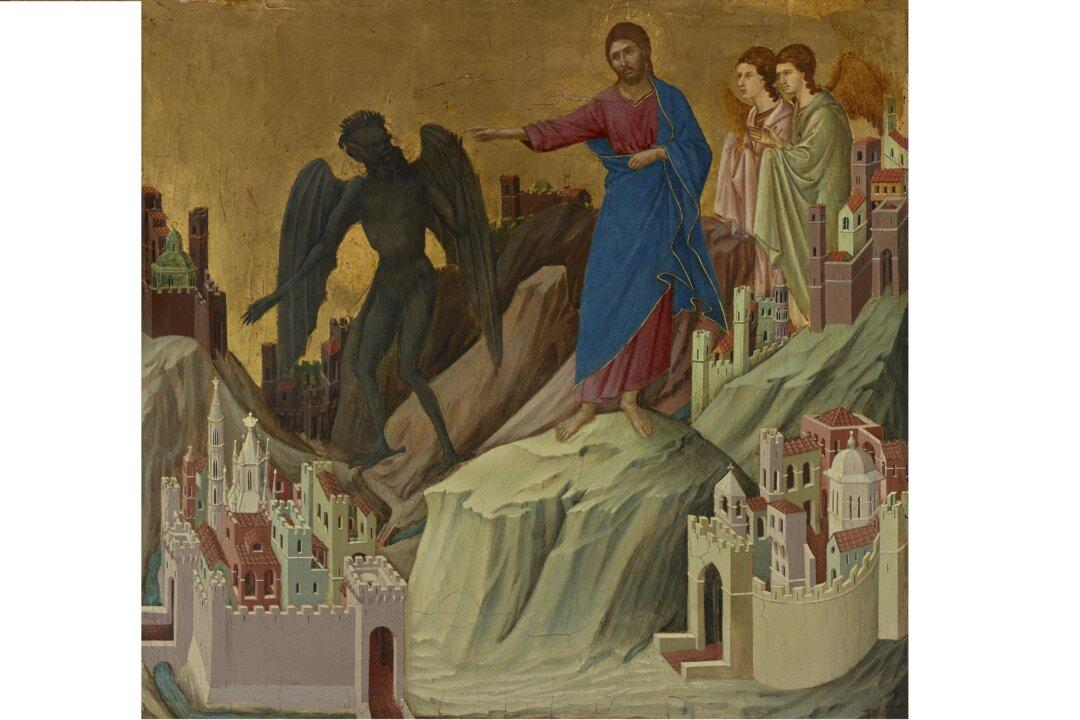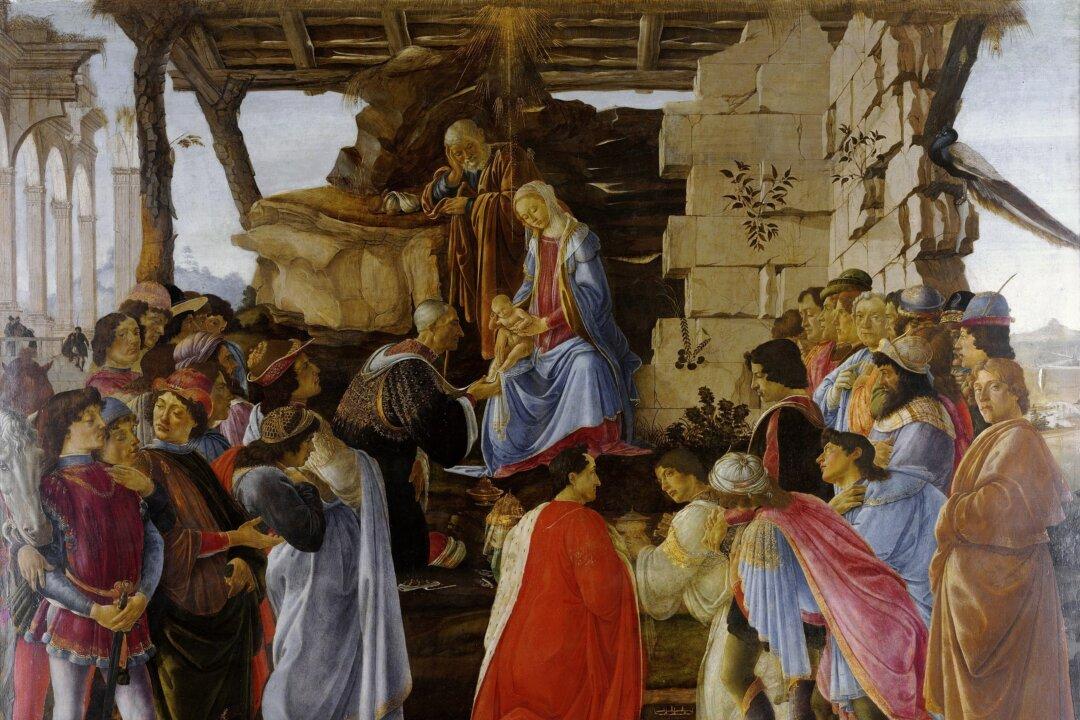This world is in a fight between good and evil. Man has been in the struggle since his beginning. Cultivating the clarity to discern between truth and falsehood is half the battle; human beings are given the opportunity to learn through experience and to choose wisely. As instinctively as a child fears the dark, mankind recognizes the threat of evil lying in wait. Since the world is rife with pitfalls and traps, it’s not enough to stumble upon the good by happy accident. Living a virtuous life requires grace and the deliberate exercise of a well-honed free will.
The biblical story of Adam and Eve told, printed, and painted for millennia is a testament to the great struggle of man. Though modern men and women may be tempted to see themselves as evolved beyond their ancestors, the basics of the human condition remain the same: We’re born, we live, we die, and in between, we get to choose. In hindsight, history often proves the rightness or wrongness of men’s choices, actions, and ideas.





